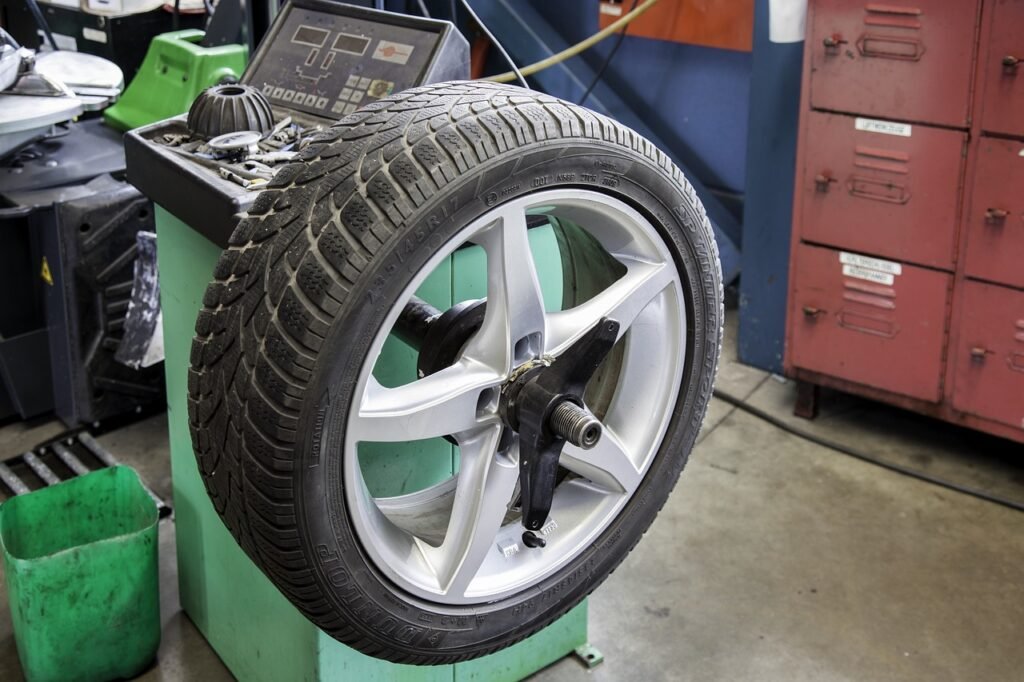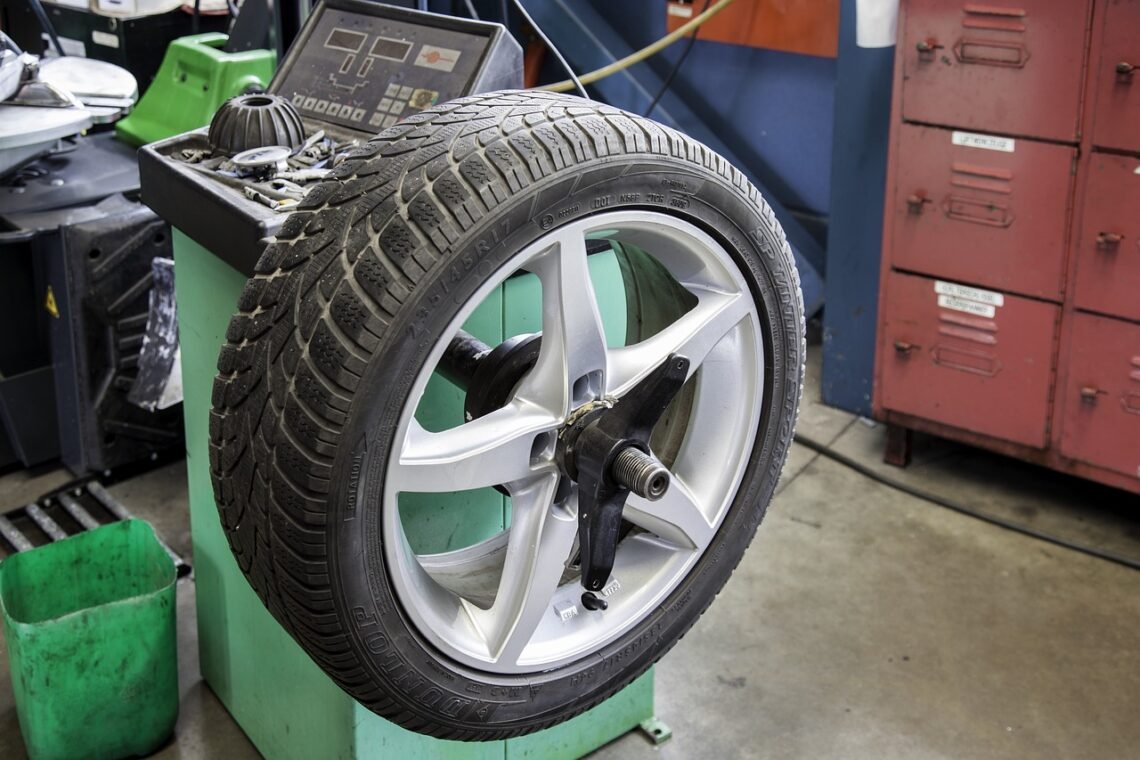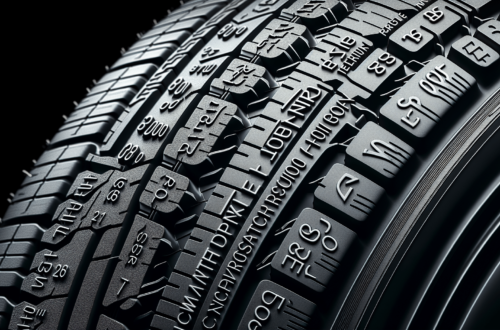Welcome to a helpful article on ensuring road safety through regular tire inspections. By taking the time to regularly inspect your tires, you can prevent accidents and ensure a smooth and safe journey every time you hit the road. Proper maintenance of your tires is crucial in maintaining vehicle control, increasing fuel efficiency, and extending the lifespan of your tires. Stay tuned to learn more about the importance of regular tire inspections for safe driving. Have you ever wondered how important regular tire inspections are for road safety?

This image is property of pixabay.com.
Why Regular Tire Inspections are Essential
Regular tire inspections are crucial for ensuring road safety. Your tires are the only point of contact between your vehicle and the road, so it’s essential to ensure they are in good condition at all times. By conducting regular tire inspections, you can identify any issues early on and prevent potential accidents.
Benefits of Regular Tire Inspections
Regular tire inspections offer numerous benefits, including:
- Improved Safety: Regular tire inspections help identify any tire issues early on, reducing the risk of accidents on the road.
- Extend Tire Life: Detecting and addressing tire issues promptly can help extend the lifespan of your tires, saving you money in the long run.
- Better Fuel Efficiency: Properly inflated tires can improve fuel efficiency, saving you money on gas.
- Peace of Mind: Knowing that your tires are in good condition gives you peace of mind while driving.
By understanding the importance of regular tire inspections, you can prioritize the maintenance of your vehicle’s tires and ensure a safe driving experience.
When to Conduct Tire Inspections
Knowing when to conduct tire inspections is essential for maintaining road safety. But how often should you check your tires?
Frequency of Tire Inspections
It’s recommended to inspect your tires at least once a month or before embarking on a long road trip. Additionally, it’s crucial to check your tires after hitting a pothole, experiencing a sudden impact, or noticing any changes in your vehicle’s handling.
Signs Your Tires Need Inspection
Keep an eye out for the following signs, as they indicate that your tires need inspection:
- Uneven Tread Wear: Uneven tread wear can suggest alignment issues or improper tire inflation.
- Bulges or Cracks: Any bulges, cracks, or cuts on your tires can compromise their integrity and safety.
- Loss of Air Pressure: Constantly needing to top off air in your tires is a sign of a leak that needs to be addressed.
- Vibrations or Pulling: Vibrations or pulling to one side while driving can indicate tire issues that require inspection.
By staying vigilant and conducting regular tire inspections, you can address any tire issues promptly and maintain road safety.
How to Conduct a Tire Inspection
Conducting a tire inspection doesn’t have to be complicated. Here’s a step-by-step guide on how to inspect your tires for safety.
Step 1: Check Tire Pressure
Start by checking the air pressure in your tires using a tire pressure gauge. Refer to the manufacturer’s recommended tire pressure, which is typically found on a sticker inside the driver’s door or in the owner’s manual. Inflate or deflate the tires as needed to meet the recommended pressure.
Step 2: Inspect Tread Depth
Next, check the tread depth of your tires using a tread depth gauge or the penny test. Place a penny upside down in the tread grooves, with Lincoln’s head facing you. If you can see the top of Lincoln’s head, it’s time to replace your tires due to low tread depth.
Step 3: Look for Signs of Wear
Inspect your tires for any signs of wear, such as bulges, cracks, cuts, or punctures. Additionally, check for any foreign objects lodged in the tire treads that could cause a flat tire.
Step 4: Check Tire Alignment
Inspect your tires for signs of uneven wear, which could indicate alignment issues. If you notice uneven wear patterns, it’s essential to have your alignment checked and corrected by a professional.
Step 5: Inspect Valve Stems
Ensure that your valve stems are intact and in good condition. Replace any damaged or missing valve caps to prevent debris from entering the valve and causing a leak.
By following these simple steps, you can conduct a thorough tire inspection and ensure your vehicle’s safety on the road.
Importance of Tire Rotation
Tire rotation is another essential aspect of tire maintenance that contributes to road safety. But why is tire rotation necessary, and how often should you rotate your tires?
Benefits of Tire Rotation
Tire rotation offers several benefits, such as:
- Even Tread Wear: Rotating your tires regularly ensures that they wear evenly, extending their lifespan.
- Improved Handling: Evenly worn tires provide better traction and handling, enhancing your vehicle’s performance on the road.
- Optimal Fuel Efficiency: Properly rotated tires can improve fuel efficiency by maintaining even wear patterns.
When to Rotate Your Tires
It’s recommended to rotate your tires every 6,000 to 8,000 miles or as recommended by your vehicle’s manufacturer. Regular tire rotations help prolong the life of your tires and ensure a safe driving experience.
By understanding the importance of tire rotation and incorporating it into your regular maintenance routine, you can improve the longevity and performance of your tires.

This image is property of pixabay.com.
Tire Maintenance Tips
In addition to regular tire inspections and rotations, there are several tire maintenance tips you can follow to keep your tires in optimal condition and ensure road safety.
Keep Tires Properly Inflated
Maintaining the correct tire pressure is essential for safety and performance. Check your tire pressure regularly and inflate them to the recommended level to prevent uneven wear and improve fuel efficiency.
Avoid Overloading Your Vehicle
Overloading your vehicle can put excess stress on your tires, leading to premature wear and potential blowouts. Follow the manufacturer’s guidelines for the maximum weight capacity of your vehicle and avoid overloading it.
Be Mindful of Road Conditions
Driving over potholes, debris, or rough terrain can damage your tires and compromise their safety. Be mindful of road conditions and avoid hazards to protect your tires from damage.
Invest in Quality Tires
Investing in quality tires is crucial for road safety and performance. Choose tires that are suitable for your vehicle and driving conditions, and replace them promptly when they show signs of wear.
By following these tire maintenance tips and incorporating them into your regular vehicle maintenance routine, you can ensure the safety and longevity of your tires on the road.
Ensuring road safety through regular tire inspections is paramount for every driver. By understanding the importance of tire maintenance, conducting regular inspections, and following maintenance tips, you can protect yourself and others on the road. Remember, your safety starts with your tires.





